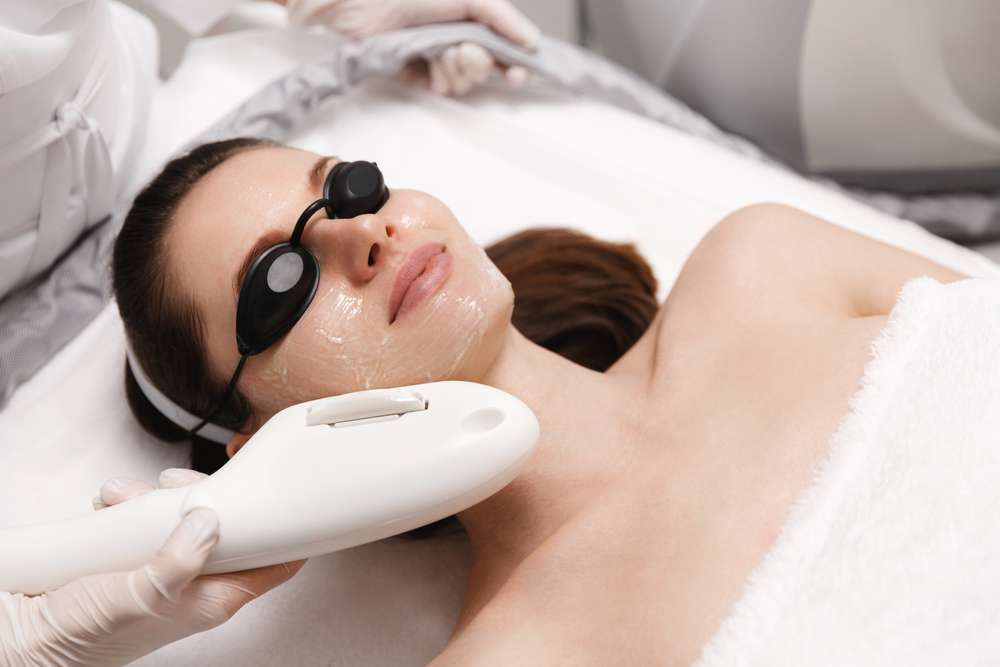Laser Skin Rejuvenation: Renew Your Complexion
Discover how laser skin rejuvenation can refresh your complexion, smooth texture, and tackle pigmentation, scarring, and fine lines. This guide explains different laser types, what to expect during treatment, potential benefits and risks, and typical costs so you can make an informed decision about laser skin treatments.

Laser Skin Rejuvenation: Renew Your Complexion
Laser-based skin rejuvenation has become a go-to option for people aiming to improve tone, texture, and overall skin health. Modern devices deliver concentrated light energy to precise layers of the skin, treating problem areas while protecting surrounding tissue. Treatments can be tailored—from gentle surface resurfacing to deeper corrective procedures—depending on the issue and the downtime you’re prepared to accept.
Common skin concerns lasers can improve
Lasers are versatile tools and can address a wide variety of cosmetic issues. Typical targets include:
- Fine lines and dynamic or static wrinkles
- Sun damage and age spots
- Uneven tone and rough texture
- Acne scars and other indented or raised scarring
- Enlarged pores
- Facial redness and visible broken capillaries
- Pigmentation disorders such as melasma
Because many laser systems can be adjusted for depth and intensity, practitioners often treat multiple concerns within the same course of therapy to achieve more comprehensive results.
Types of laser and light-based treatments
There are several categories of devices used for rejuvenation, each working in a distinct way:
-
Ablative lasers: These remove the epidermis (the skin’s outer layer) and heat the dermis beneath to stimulate collagen remodeling. CO2 and Erbium lasers are common examples and typically deliver dramatic results but require more recovery time.
-
Non-ablative lasers: These penetrate the dermis without stripping the surface epidermis, encouraging collagen production with less visible downtime. They’re a good choice when you want improvement with faster recovery.
-
Fractional lasers: Available as either ablative or non-ablative, fractional technology treats microscopic columns of skin while leaving surrounding tissue intact. This speeds healing and reduces complication rates compared with full-field ablation.
-
IPL (Intense Pulsed Light): Technically not a laser, IPL emits multiple wavelengths of light and is often grouped with lasers. It’s effective for pigmentation irregularities and vascular concerns like redness and broken capillaries.
Choosing the right approach depends on your skin type, the condition being treated, and how quickly you want to return to normal activities.
What happens during a treatment session?
A typical appointment follows a predictable sequence:
- Consultation: A qualified clinician evaluates your skin, reviews medical history, and outlines realistic expectations and a treatment plan.
- Preparation: The area is cleansed and, when needed, a topical anesthetic or cooling measures are applied to minimize discomfort.
- Eye protection: Specialized goggles or shields protect your eyes from intense light.
- Procedure: The practitioner moves the laser device across the skin in controlled passes. Sensations range from mild warmth to brief stinging, depending on the device and settings.
- Immediate aftercare: Cooling gels, ointments, or dressings may be applied, and detailed at-home care instructions are provided.
Session length varies; small areas can take 20–30 minutes, while full-face treatments may last an hour or more. Many patients require a series of sessions spaced weeks apart for optimal outcomes.
Benefits and potential side effects
Advantages of laser rejuvenation include:
- Noticeable improvement in skin tone, texture, and firmness
- Reduction of fine lines and softening of deeper wrinkles
- Diminished appearance of scars and pigmentation issues
- Stimulated collagen production for longer-term improvements
- Customizable treatments to suit diverse skin tones and goals
Potential risks and temporary effects can include:
- Redness and swelling (usually short-lived)
- Pigment changes (hyper- or hypopigmentation), particularly in darker skin tones
- Scarring (rare with experienced providers)
- Infection (uncommon with proper aftercare)
- Burns or blisters (rare when performed correctly)
Working with an experienced, credentialed clinician significantly lowers the chance of complications and helps ensure the best results.
Typical costs and what affects price
Treatment prices vary based on device type, treatment area size, geographic location, and the number of sessions required. Many clinics also offer package pricing for multiple visits.
| Treatment Type | Average Cost Per Session | Typical Number of Sessions |
|---|---|---|
| Ablative Laser | $1,500 - $3,000 | 1–2 |
| Non-Ablative Laser | $600 - $1,500 | 3–5 |
| Fractional Laser | $800 - $2,000 | 3–5 |
| IPL | $400 - $800 | 3–6 |
Cost disclaimer: Prices listed are approximate and may vary by clinic, region, and individual treatment plans. Independent research and consultation with providers are recommended.
Making the right choice
Before committing to treatment, ask about the practitioner’s qualifications, before-and-after photos of similar patients, expected recovery time, and a clear plan for follow-up care. Consider how much downtime you can tolerate and whether you prefer faster, more aggressive treatment or a gentler approach over several sessions.
Laser skin rejuvenation can produce long-lasting improvements when matched to the right concerns and administered by skilled professionals. If you’re exploring options, schedule a consultation to review realistic outcomes and create a plan tailored to your skin type and aesthetic goals.
This article is for informational purposes only and should not be considered medical advice. Please consult a qualified healthcare professional for personalized guidance and treatment.






